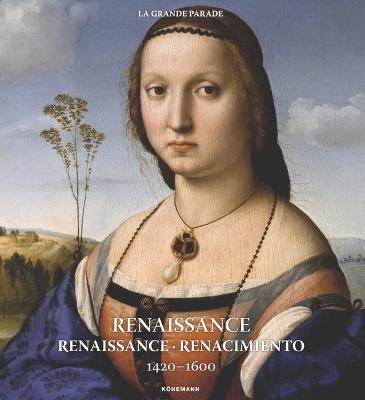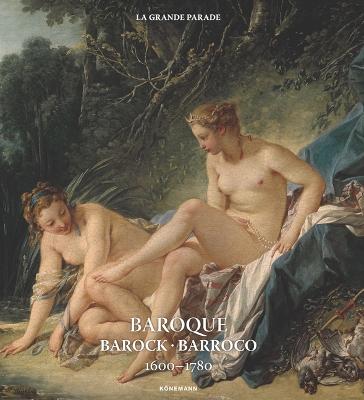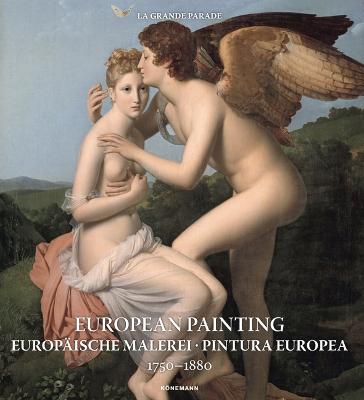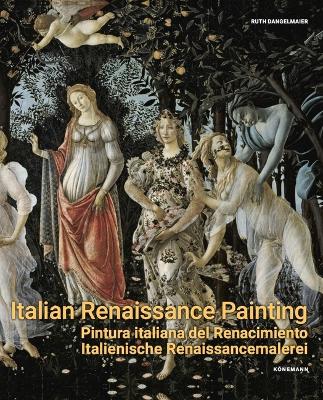Art Periods & Movements Flexi
4 total works
Renaissance 1420-1600
by Kristina Menzel, Uschi Baetz, Ruth Dangelmaier, Uta Hasekamp, and Daniel Kiecol
Published 1 July 2019
During the origin of Renaissance painting in Italy, a world view was revived that enabled man to determine his own existence. In painting, new themes developed along with an orientation toward representing reality. This naturalism was influenced by Dutch painting from around 1450, and as the fifteenth century transitioned into the sixteenth, Rome followed Florence as the center of the Renaissance. Shortly thereafter, the new style radiated to other countries. In northern Europe, the Renaissance combined with late medieval currents, which also placed earthly existence at the center of attention. Renaissance 1420-1600 shows with more than 400 works an overview of the most important paintings of the era.
Baroque 1600-1780
by Kristina Menzel, Ruth Dangelmaier, Uta Hasekamp, Katrin Hoeller, and Daniel Kiecol
Published 1 July 2019
The baroque period spanned the whole of Europe from 1600 to 1780. Beginning with Italian artists who brought drama to painting through dynamic compositions and pronounced contrasts between light and dark, the baroque was later exported by countless artists to their own countries, where the new style developed in different ways. With its monumental historical paintings and magnificent portraits, catering to sovereign desires for splendor and demonstrations of both secular and religious power, the baroque rose to become the style of European court art. The latest phase of the baroque, known as rococo, began in about 1720 and was characterized by an increased sense of playfulness and intimacy. With more than 450 works, Baroque 1600-1780 presents an overview of the most important paintings of the period.
The period between 1750 and the end of the 19th century was a time of upheaval. Industrialization in England, the French Revolution, Napoleon and the formation of states in Germany and Italy are just a few historical events that define this period. All these developments were also reflected in European painting: from the rediscovery of antiquity in classicism, through Romanticism with its various national forms, to realism, which discovered completely new themes for art. Containing more than 500 works, this volume is an overview of the most important paintings of these and other styles of this exciting epoch.
The Italian Renaissance is one of the most important eras in Western art. Painters including Masaccio, Botticelli, Michelangelo, and Titian brought about a fundamental renewal that influenced all of Europe. More than 50 of the most important artists up to 1600 are presented in this book with more than 270 color illustrations.



